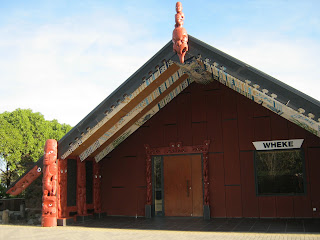This is my grandad. It is 1914. He is 19 years old and a new recruit in the Royal Horse and Field Artillery and he is having his photo taken professionally, in a studio, with an aspidistra on a stand. He is a gunner, the lowest rank, the artillery version of a private in the infantry. He looks bemused and scared. As well he might.
I went to a talk the other day by a woman who works as a volunteer at the local Familysearch, the Church of Jesus Christ of Latter Day Saints genealogical archives, about their website and resources. It was very interesting, and has inspired me to do some searching on my own family history. I have attempted this before, only to be discouraged by the sheer hugeness of the project and the difficulty of getting access to family records held in the United Kingdom, but the Internet and digitisation of records has changed that.
I thought I'd start with my grandad, since he was a soldier in the First World War and there is so much being added to our knowledge of this period of history right now.
I did a simple search on Familysearch and came up with his birth details and details about his service record. Unfortunately, Grandad's service record was one of the "Burnt documents", service records destroyed and damaged by a fire caused by bombing in the second world war, but I also looked at the British National Archives "Discovery" the catalogue of archives held in Britain. Some things have been digitised. I found and downloaded his medal card, just like that! Not only was this interesting in itself, it also gave me the names of other members of the wider family who were serving at the same time.
There are some great online sources of information about WW1. "The Long, long trail" is full of useful information, as are regimental websites. Regiments also kept official war diaries, noting events and deployments and I hope to get hold of these from the NA as well. Mum told me that Grandad was gassed in France; I would like to find out where and when this happened. He must have returned to the Front though, as he was not in receipt of a pension during the duration of the war. To make matters more complicated, another Edward A. was serving in the Royal Horse and Field. This man was probably a cousin, five years older than my grandad. He was a driver, responsible for the care and deployment of horses. The family name is an uncommon one, which should make searching easier, but they were also uncommonly fertile, and the boys were all called by ordinary names - Edward, Thomas, William and George, which makes telling the generations apart quite difficult too. ("Was this William Edward the father or William Edward the son?") It's all very interesting, not least because it takes you into areas of history that you would not have looked at before to provide context for what you are finding out. I now know more that I ever thought I would about the composition of the Royal Artillery's brigades and batteries, how they were numbered and why the men's service numbers changed. (Some bureaucrat just decided to). So, on with the research.


























